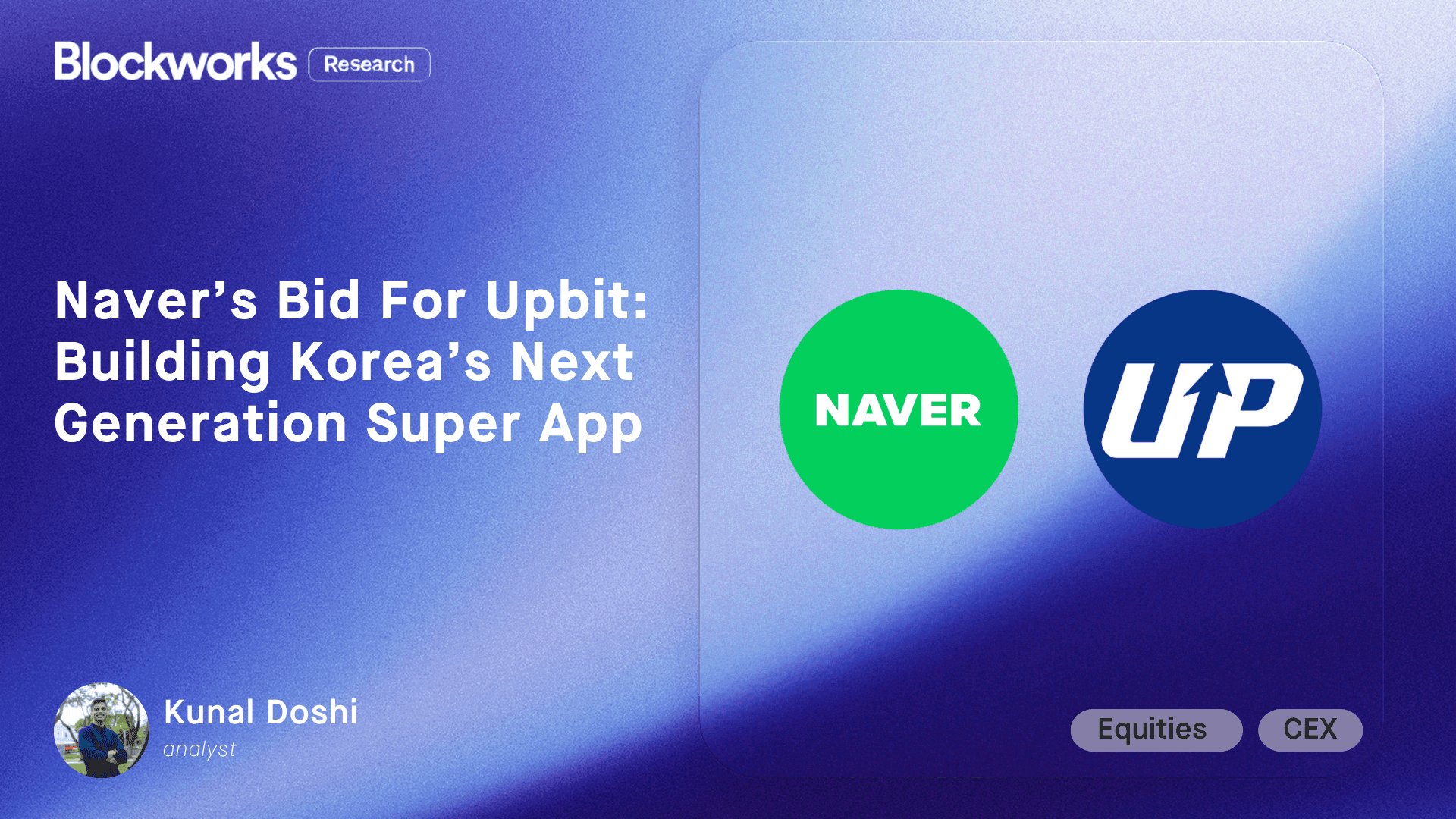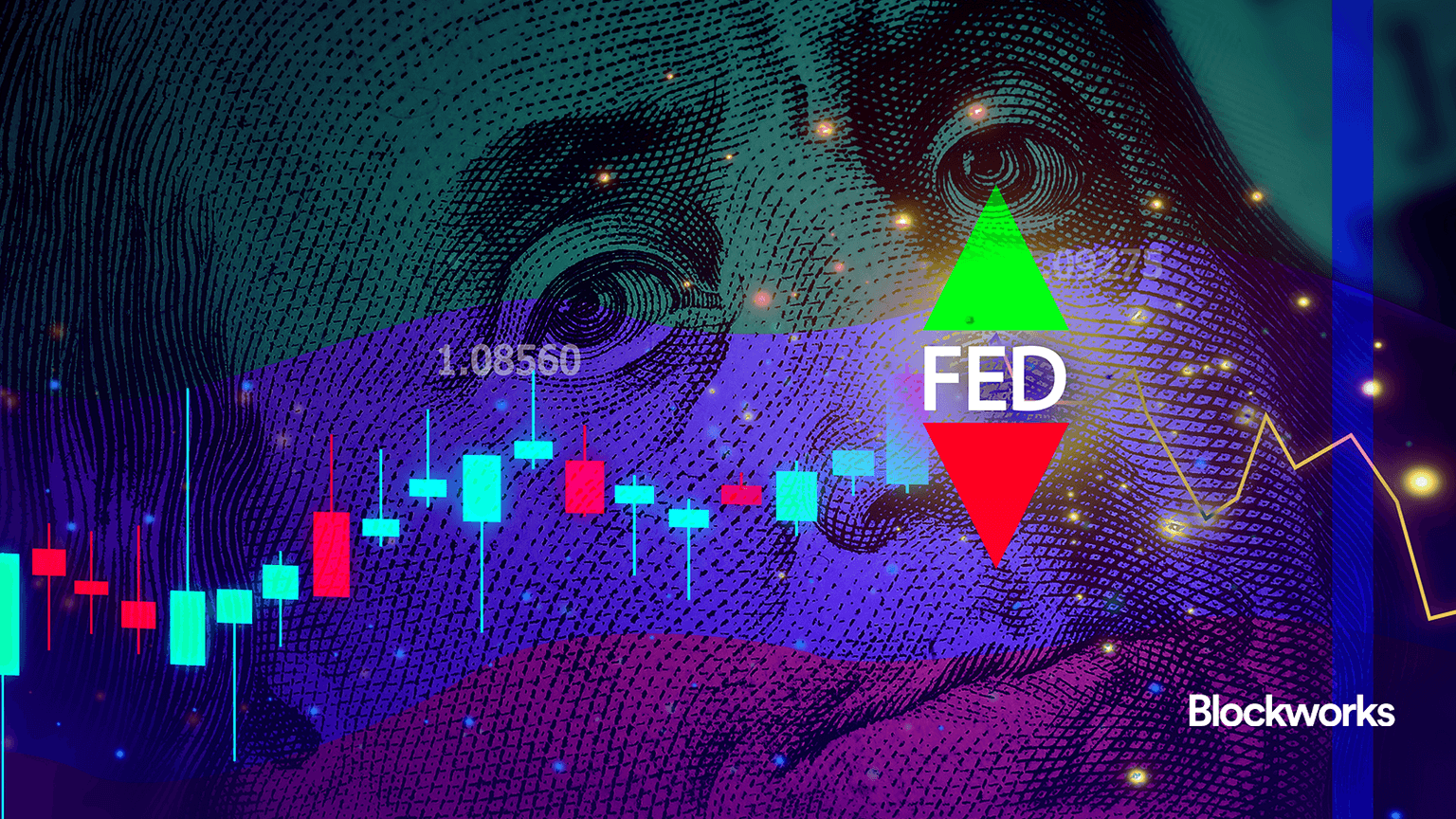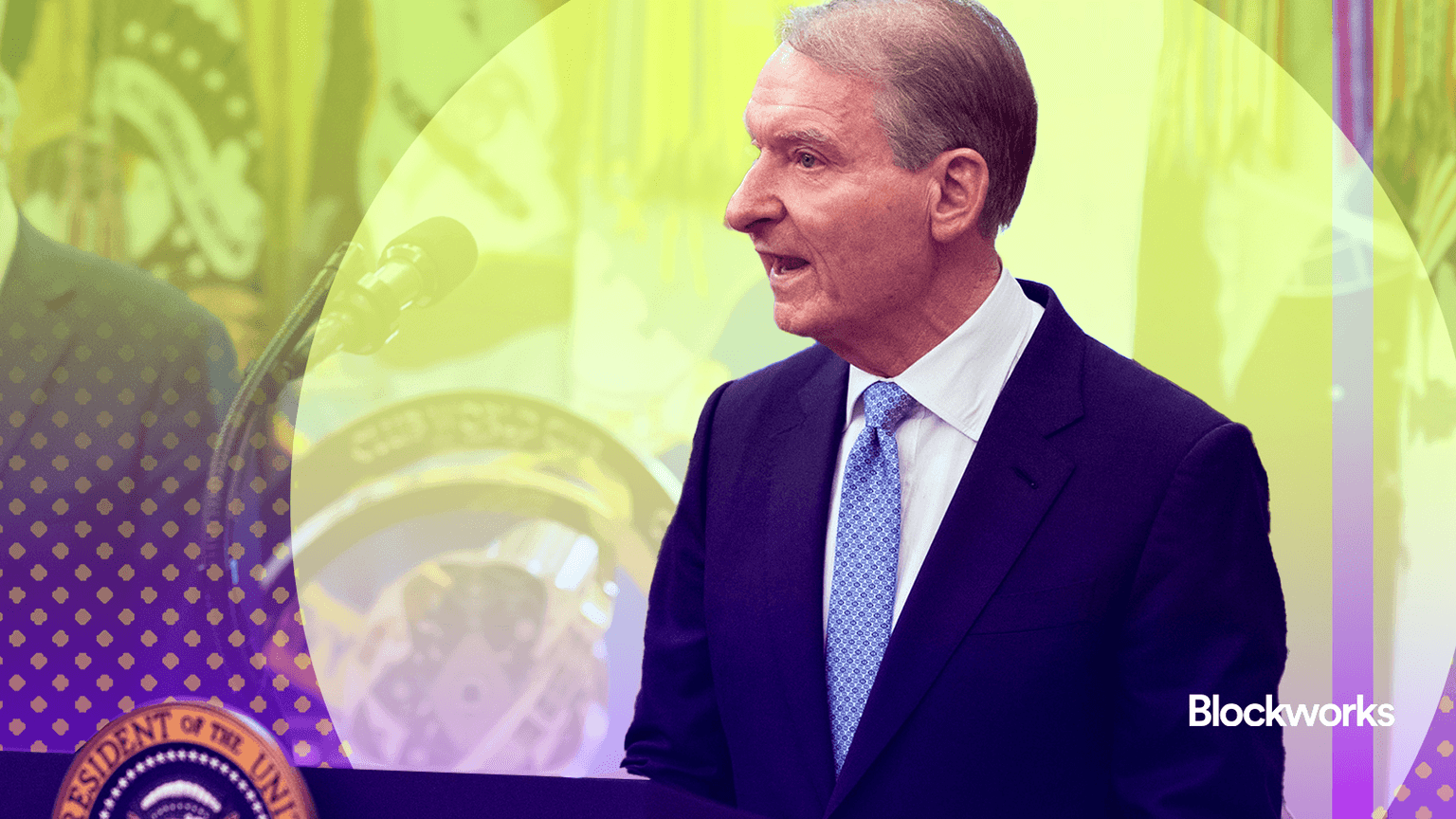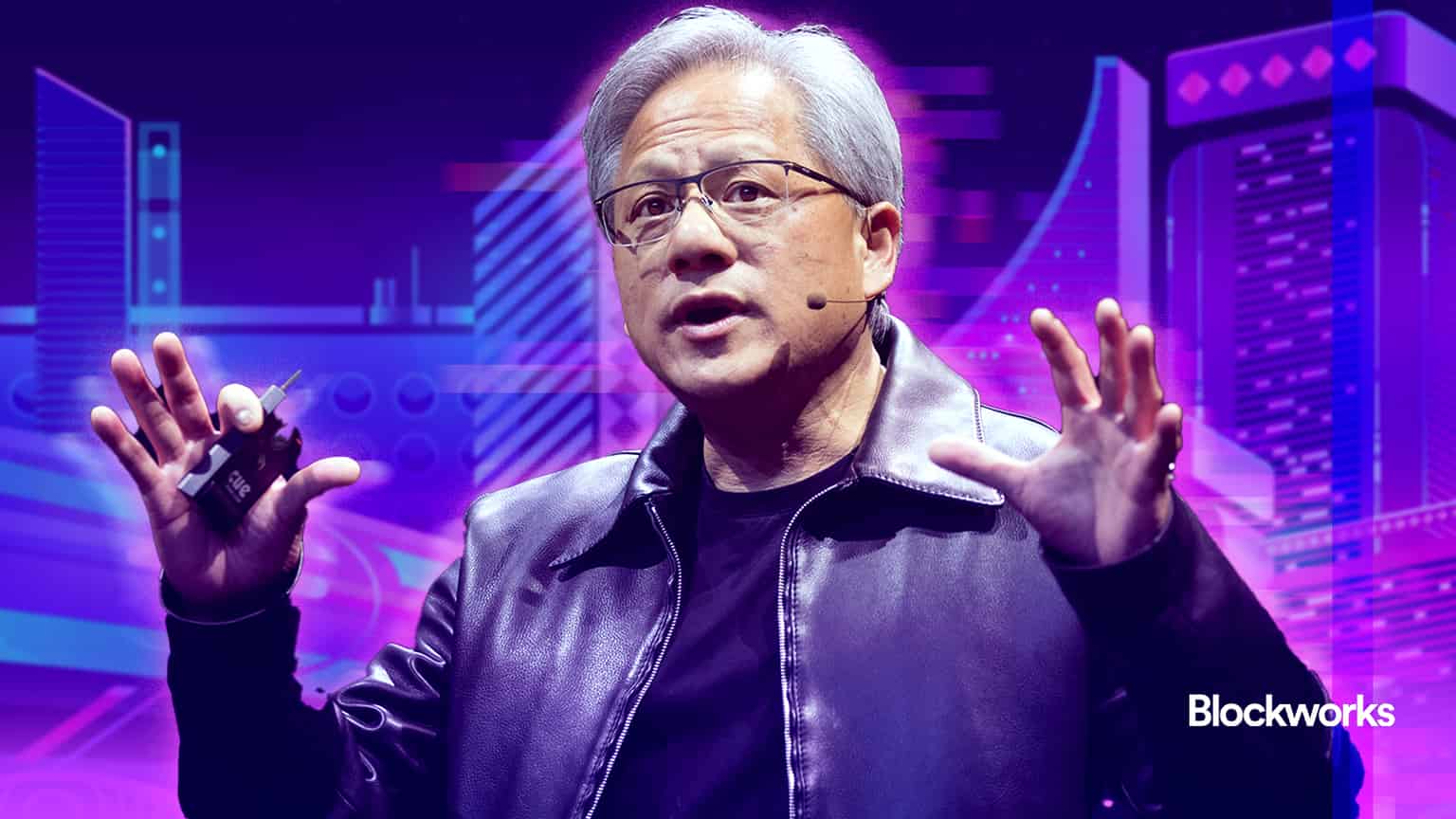Former Premier League Player Caught in Defunct Crypto Promoted in UK Parliament
Some 8,000 investors claim to have lost $100,000 each investing in Phoenix Community Capital

Source: Shutterstock / Tati artist, modified by Blockworks
Investors fear they may have lost tens of thousands of pounds after a cryptocurrency investment group which benefited from connections to UK parliamentary groups apparently disappeared.
Phoenix Community Capital, which once carried an $800 million valuation, appeared to have vanished in September 2022 as no traces of the community could be tracked, The Guardian reported last week. That means its website went down and investors couldn’t access their investment portfolios.
Alan Rogers, a former Premier League footballer, is said to have been among the firm’s 8,000 investors, some of whom claim to have lost as much as $100,000. The firm reportedly used links to parliamentarians in the House of Lords to promote itself.
Rogers, who told the outlet he lost around $50,000 himself, thinks the founders are no longer part of the project.
The firm’s co-founder, Luke Sullivan, has been cagey about its current status. When The Guardian asked him what was happening, he said he would respond if the outlet’s reporters traveled to the Philippines for a further discussion. He also criticized the British daily for factual inaccuracies and said he wasn’t being given a chance to clarify “real facts.”
The founders, including Sullivan, may have left the firm in September; The Guardian saw a now-deleted tweet on its feed that said new management had taken over.
According to his LinkedIn page, Sullivan still holds the chief executive title at Phoenix and also is the CEO at NFT marketplace, SpectrumNFT. He didn’t return Blockworks’ request for comment by press time.
Phoenix Community reportedly gave £5,000 ($5,970) last year to the all-party parliamentary group (APPG) focused on blockchain — an informal group that functions as the authoritative voice within the parliament on blockchain-related topics. The firm, which used to be listed on the APPG’s website as one of its corporate partners, was originally US-based.
On its LinkedIn page, Phoenix describes itself as working for investors “by leveraging combined investment capital which elevates into investment options that are unavailable to the average investor.” Meanwhile, on its Medium page, Phoenix says it’s “creating Avalanche network’s first community-backed crypto asset management fund.”
A portion of the project’s remaining assets and its name may have been sold to someone called “Dan,” The Guardian reported. The new buyer has reportedly shown no obligations to old investors, but some who took a terrible hit have been paid as much as $1,000.
In October, the new company reportedly said around 1,000 investors made returns of around $57 million, while 7,400 investors were still missing some $87 million.
The event raises concerns about the use of parliamentary endorsement by companies. It also throws a light on how companies attempt to use politicians to gain public acceptance, thereby leading investors to trust the company without much due diligence.
News analysis by Macauley Peterson
This project appears to have been riddled with flags as red as a burning Phoenix from inception. It abused industry buzzwords like DAO, DeFi, and NFTs while having very little in common with legitimate cryptoasset applications.
The Phoenix token, FIRE, supposedly granted holders voting rights in a DAO, according to an archived version of the project’s whitepaper.
The tokenomic breakdown called for 70% of purchased tokens to be used to pay member rewards, 10% to provide liquidity in an Avalanche decentralized exchange (dex), while the remaining 20% were transferred to a centrally controlled “community investment treasury wallet,” ostensibly maintained by a 3-person multisig wallet including two members of the team and one “DAO representative.”
No indication was given whatsoever as to how the project intended to generate any investment revenue other than through its “research.”
The predatory structure resembles a classic Ponzi scheme, dressed up with just enough jargon — including NFTs that “reward investors with an increased growth rate of $FIRE Token rewards” — to convince overly credulous participants to hand over actual money in exchange for speculative tokens held in a custodial wallet.
About 86% of the project’s FIRE token is held by just three wallets, Avalanche’s block explorer Snowtrace shows, and the token has lost 99.97% of its value in the past year, per CoinGecko.
The “Founders’ Restrictions” in the whitepaper describe an unspecified token allocation “as compensation for the creation of this DAO [due to founders] having used their own personal funds to start this community effort,” with only a three-month lockup period.
Reputable projects clearly delineate token allocations with on-chain auditable vesting schedules that usually run a year or more.
Using invested funds to pay rewards to other investors and provide exit liquidity for the founders after just three months, could hardly be expected “to tie their success to the success of the community members.”
The now-deleted whitepaper stated that “The Phoenix Community Capital management team may make operational decisions without conducting a community vote and we reserve the right to do so,” indicating it was neither decentralized, autonomous, nor particularly organized.
It also touts an audit by CertiK, which gave the project a “trust score” of 85 out of 100, despite flagging two “centralization related risks” classified as “major,” among 12 total issues.
CertiK’s CEO and co-founder, Ronghui Gu, told Blockworks his company performs, “multiple levels of due diligence” on client projects.
“Our auditors…proposed short and long term mitigations to the centralization problem, along with the measures that would be needed to consider the issue permanently resolved,” Gu said, adding, “The team acknowledged the suggestions and chose to implement none of them.”
“These reports are public, and we always encourage users to read them before getting involved with a project,” he said.
Updated, Feb. 27, 2023: Added a comment from CertiK.
Get the news in your inbox. Explore Blockworks newsletters:
- The Breakdown: Decoding crypto and the markets. Daily.
- 0xResearch: Alpha in your inbox. Think like an analyst.






